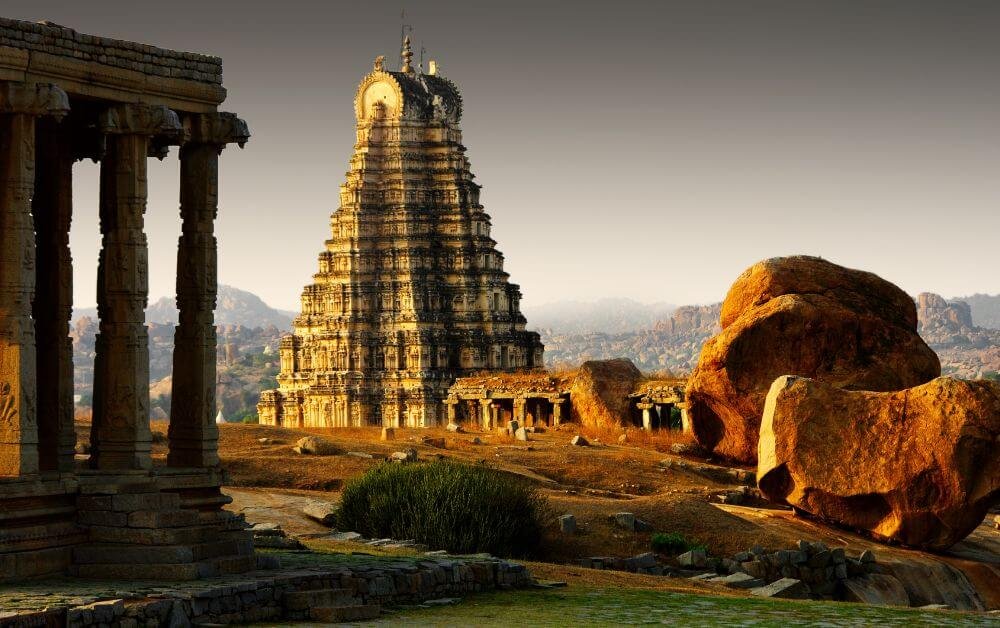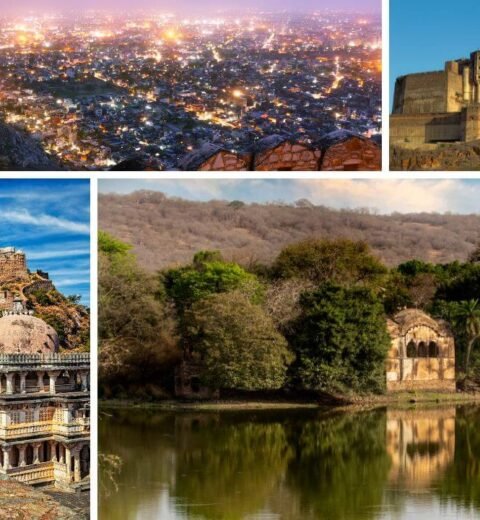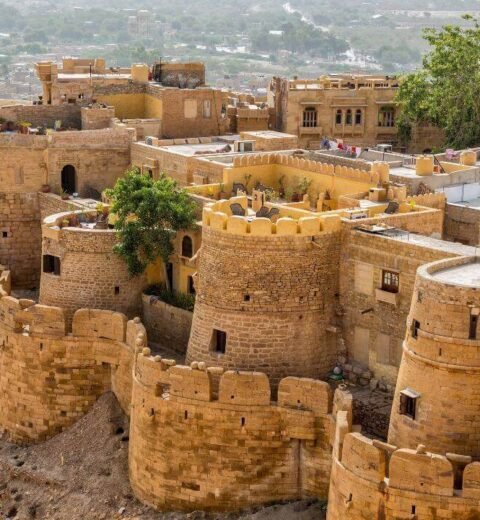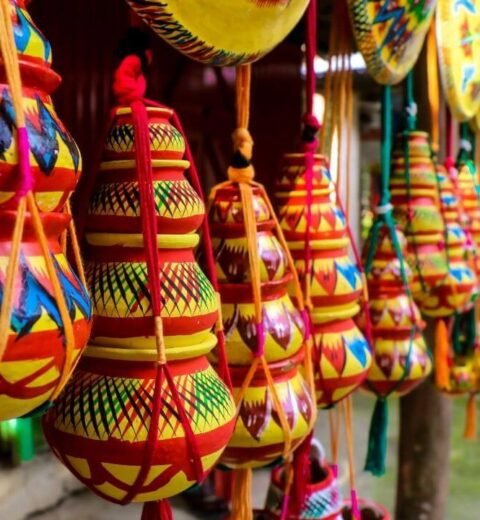Introduction: Where History Meets Creativity
India’s UNESCO World Heritage Sites are not just historic attractions but living pieces of art that tell stories of faith, power, and imagination. A UNESCO site photoshoot India allows photographers and travellers to capture that rare blend of culture and emotion within breathtaking architectural settings.
Each site is a masterpiece shaped by centuries of craftsmanship and devotion. The sound of temple bells in Hampi, the waves crashing near Mahabalipuram’s Shore Temple, or the echoing steps of Rani Ki Vav in Gujarat, each frame reflects India’s deep artistic soul. These places invite you to move slowly, to observe, and to let the camera tell its own story.
Why Choose a UNESCO Site Photoshoot in India
The diversity of India’s UNESCO sites makes them ideal for creative and couple photography. These locations are timeless. Every monument, fort, and temple radiates a visual character that changes with light, season, and mood.
Whether you are a traveller looking for striking compositions or a couple seeking cinematic romance, a UNESCO site photoshoot India offers everything from rustic textures to royal elegance. The play of natural light across stone, the symmetry of Mughal design, and the organic charm of ancient ruins all make for unforgettable imagery.
Hampi – The Empire of Stone
Hampi in Karnataka is one of the most evocative heritage landscapes in the world. Once the capital of the Vijayanagara Empire, it now lies in gentle ruins scattered among boulders and fields. Every sunrise in Hampi turns the landscape golden, creating a painterly backdrop for photographers.
The Virupaksha Temple, Hemakuta Hill, and the Vittala Temple with its iconic stone chariot offer infinite creative possibilities. For couple shoots, the ruins add a touch of nostalgia and quiet grandeur. The soft morning light, the contrast of textures, and the ancient ambience make Hampi one of the most beautiful settings for a UNESCO site photoshoot India.
Mahabalipuram – Sculpted Stories by the Sea
On the Coromandel Coast of Tamil Nadu, Mahabalipuram stands as a testimony to the Pallava dynasty’s vision. Its rock-cut temples and monolithic structures blend myth and geometry, while the sea brings a constantly shifting palette of blues and golds.
The Shore Temple at sunrise glows like a sculpture in motion. The Five Rathas offer perfect compositions for architectural close-ups and human-scale perspectives. Couples walking barefoot on the sand or framed within the granite arches can capture photos that balance intimacy with grandeur.
The coastal breeze, soft morning light, and carved details make Mahabalipuram an unforgettable destination for a creative photoshoot in India.
Ajanta and Ellora – The Timeless Caves of Maharashtra
A UNESCO site photoshoot India at Ajanta or Ellora offers something ethereal. These caves, carved from rock more than a thousand years ago, depict divine stories and human emotions through intricate paintings and sculptures.
Ajanta’s murals, dimly lit by natural light, create mood and mystery. Ellora’s Kailasa Temple, carved from a single monolith, adds scale and drama to every frame. Photographers can use shadows and diffused light to add emotional depth. The silence and texture of these caves make them ideal for those who love contemplative, soulful photography.
Khajuraho – Art in Motion
The temples of Khajuraho in Madhya Pradesh are a celebration of life and beauty. Their carvings express joy, devotion, and love with astonishing grace. For photographers, the site offers both intricate detail and monumental symmetry.
The golden glow of early morning enhances every carving, while the greenery surrounding the temples adds contrast. Khajuraho’s art captures the human experience – laughter, music, faith, and romance, making it an inspiring location for couple portraits and artistic travel photography.
Konark Sun Temple – The Chariot of Light
In Odisha, the Konark Sun Temple stands like a grand poem in stone. Designed as a massive chariot with twelve wheels and seven horses, it symbolises the journey of the sun across the heavens.
A photoshoot here captures motion and light in perfect harmony. The sculpted wheels throw dynamic shadows throughout the day. Close-up shots of carvings reveal delicate craftsmanship, while wide frames emphasise symmetry and rhythm. Konark’s energy is radiant, making it ideal for travellers or couples who wish to convey strength and vitality in their photos.
Humayun’s Tomb – The Garden of Reflection
Delhi’s Humayun’s Tomb combines Persian aesthetics with Indian elegance. Its red sandstone facade, white marble dome, and geometrical gardens create peaceful yet powerful compositions.
The reflecting pools inside the garden make this monument a favourite for architectural and couple photography. Soft morning light mirrors the dome perfectly in water. The long corridors and arched walkways create depth and framing options that work beautifully for lifestyle portraits.
If you are inspired by Mughal architecture, also explore the Pre-Wedding Photoshoot in Udaipur for a similar royal ambience.
Rani Ki Vav – The Queen’s Stepwell
Rani Ki Vav in Gujarat is one of India’s most breathtaking stepwells and a UNESCO World Heritage Site that feels like a secret world underground. Each step leads deeper into a labyrinth of pillars and carvings.
This site is perfect for photographers who love geometry and depth. The morning sun creates intricate shadows across the descending stairways, while the stone carvings of deities and dancers add storytelling to every shot. Wide-angle and top-down frames work beautifully here, offering a sense of both mystery and scale.
Chhatrapati Shivaji Terminus – Victorian Drama in Mumbai
A UNESCO site photoshoot India does not always mean temples and ruins. In Mumbai, the Chhatrapati Shivaji Terminus stands as a symbol of Victorian Gothic grandeur. Its domes, stained glass windows, and turrets showcase colonial-era architecture infused with Indian motifs.
At twilight, the building glows against the city lights. Long-exposure shots capture movement – trains arriving and people rushing past while the station itself remains calm and majestic. It is the perfect example of how old and new coexist in India’s cities.
Tips for an Unforgettable UNESCO Site Photoshoot India
1. **Timing is everything:** Early mornings and evenings give the best light and minimal crowds.
2. **Research before visiting:** Some sites require photography permits or restricted access areas.
3. **Dress harmoniously:** Earth tones, whites, and soft colours work best against stone and marble backdrops.
4. **Respect the space:** Avoid touching sculptures or stepping on fragile areas.
5. **Travel light:** A single versatile lens and reflector often work better than heavy equipment.
6. **Capture moments:** Include candid frames that convey connection and emotion rather than just architecture.
Best Seasons and Lighting for Heritage Photography
October to March offers clear skies and gentle light across most of India. Winter mornings produce golden tones, while post-monsoon greenery enhances contrast at sites like Hampi and Mahabalipuram. Avoid harsh midday sun, especially for sandstone structures, as it flattens texture and colour.
Conclusion: Turning History into Art
A UNESCO site photoshoot India is a creative journey through time. Every monument has a pulse, a rhythm, and a story that waits to be discovered through the lens. These places remind us that art and architecture can capture the essence of human experience across centuries.
Whether you are exploring the ruins of Hampi, the carvings of Khajuraho, or the corridors of Humayun’s Tomb, India’s heritage offers endless inspiration. Plan your next photography journey with SceneLoc8 and let every frame tell a story rooted in beauty, culture, and history.




